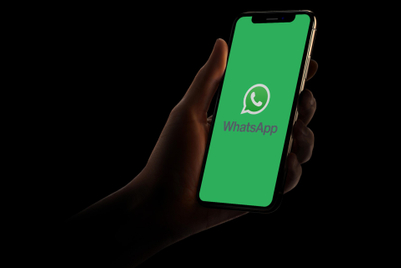Brands in Asia-Pacific and around the world must do more to engage the world's 1.6 billion Muslims and reap the benefits of a largely untapped consumer market.
Shelina Janmohamed, vice president of Ogilvy Noor and author of recently published book Generation M: Young Muslims Changing the World, told Campaign Asia-Pacific that brands have been slow to interact with Generation M, and it could ultimately be to their cost.
The global Muslim lifestyle market, for example, is expected to reach US$2.6 trillion by 2020. Of the 1.6 billion Muslims worldwide—the majority of whom live in APAC—a third are under 15 and two-thirds are younger than 30.
“A lot of these young Muslims want to express their faith, want to be modern, they go onto the high street to find products that help them, but don’t find themselves reflected there,” Janmohamed said.
Citing Ogilvy’s latest V12 study, which identifies the 12 fastest growing markets that will affect consumer growth, Janmohamed said 60 percent of Muslim audiences asked about brand engagement felt they weren’t being properly addressed. Eight of the V12 markets are in Asia.
“That echoes what Muslims around the world are saying,” she said. “There’s a long way to go, and given that Asia has the largest population of Muslims in the world, that means there’s a huge opportunity for brands to do better.”
Despite having the largest Muslim population, APAC markets are not faring any better in catering to Muslim consumers, according to the V12 study, and “international brands are falling short in their efforts,” Janmohamed said.
“Brands need to watch out because Generation M is very globally aware,” she added. “They will tell you when a brand is halal in one country, but not another, and they want to know why. As long as there’s a good reason, they’re quite happy with that, but they will hold brands to account.”
That said, Janmohamed noted that things are changing, from Dolce & Gabbana creating a range of abayas—long cloaks—worn by Muslim women predominantly in the Gulf, to brands such as Apple, Android and H&M featuring Muslim women in their adverts.
Given the paucity of attention paid to Generation M, Janmohamed said the brands that do engage them effectively could see huge rewards.
“Generation M can also be fabulous advocates,” she said. “When they see a brand that’s made a lot of effort, they will sing their praises to everybody they know. So if you can get your positioning right, and your product, and be authentic and transparent, you’ve got a whole generation of advocates for your brand.”
But the clock is ticking for global brands as more regional companies come through that have been built on catering to Generation M from the beginning.
“Global businesses really need to think about how they’re going to occupy some of that consumer space, and build a brand that is sensitive to that requirement if they’re not going to be left behind,” Janmohamed said.


.jpg&h=334&w=500&q=100&v=20250320&c=1)
.jpg&h=334&w=500&q=100&v=20250320&c=1)
.jpg&h=334&w=500&q=100&v=20250320&c=1)



.png&h=334&w=500&q=100&v=20250320&c=1)

.png&h=334&w=500&q=100&v=20250320&c=1)








